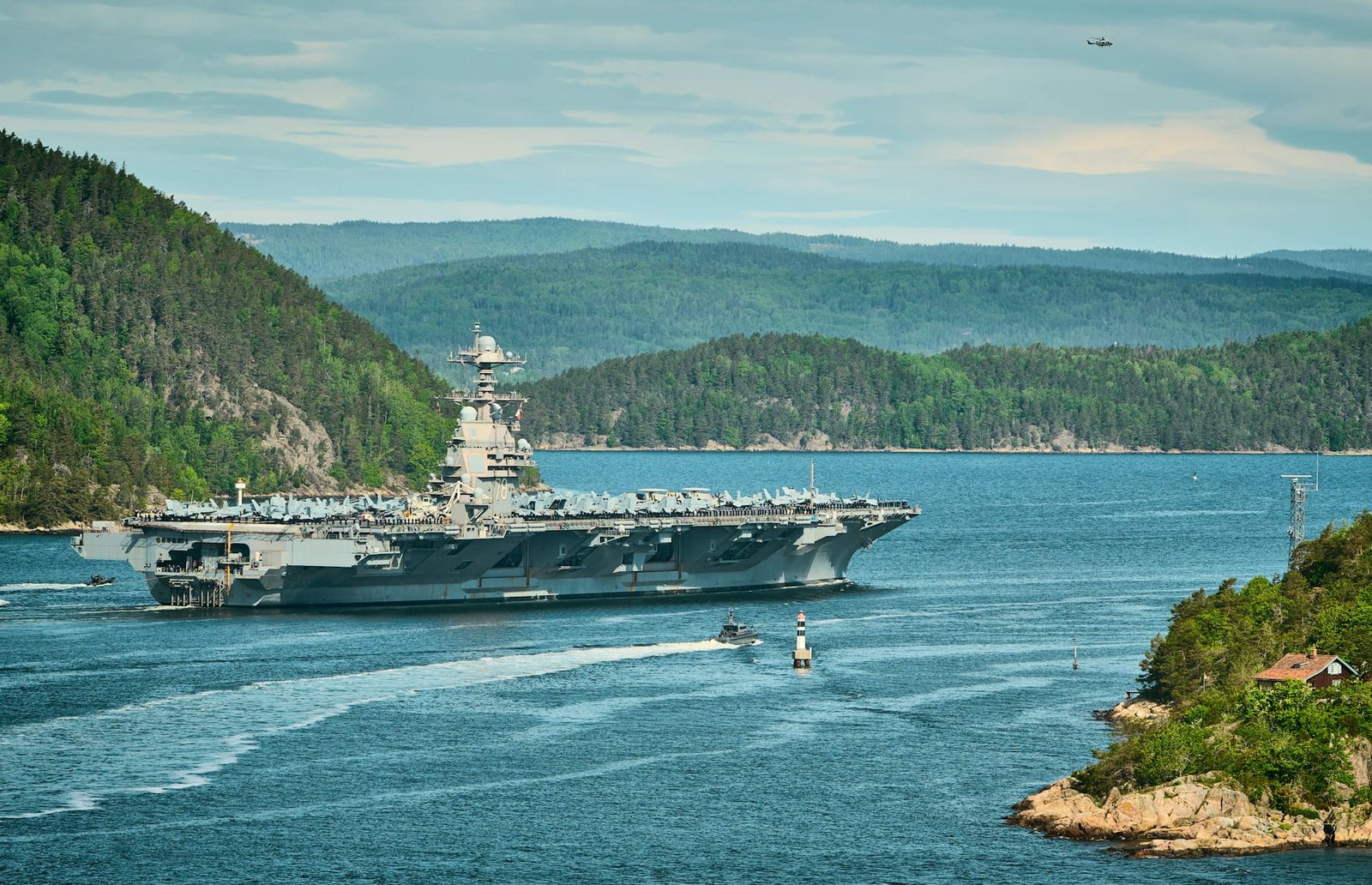Tokyo, Japan — In a significant move that could intensify regional tensions, Japan has sailed a warship through the Taiwan Strait for the first time, marking a bold step in its maritime policy. The passage comes amid rising geopolitical friction between China and Taiwan and is seen as a demonstration of Japan’s growing involvement in the Indo-Pacific security landscape.
Japan’s Maritime Self-Defense Force warship reportedly transited the strait this week, a critical international waterway separating Taiwan from mainland China. The action is notable given Japan’s traditionally cautious approach to military maneuvers in sensitive areas. While Japanese officials emphasized that the passage adhered to international law, the decision sends a clear message about Tokyo’s commitment to ensuring a “free and open Indo-Pacific.”
Rising Tensions in the Region
The Taiwan Strait has long been a flashpoint in East Asia, with China considering Taiwan a breakaway province and regularly asserting claims over the waters. Japan, like many other nations, views the strait as international waters and has recently taken steps to align itself more closely with regional powers like the U.S. and Australia in countering Chinese influence.

A Japanese defense official, speaking on condition of anonymity, described the mission as a routine operation but acknowledged the symbolism, especially as Japan has historically avoided direct military involvement in the region’s most sensitive areas. “This move is consistent with our commitment to ensuring freedom of navigation and securing international waters,” the official said.
Strategic Shifts in Japan’s Defense Policy
The deployment follows Japan’s recent shift in defense strategy, which includes increasing defense spending and modernizing its forces amid growing security concerns posed by China’s military expansion and North Korea’s missile programs. Prime Minister Fumio Kishida has reiterated Japan’s position of non-confrontation but stressed the need for readiness in defending Japan’s interests and supporting regional stability.
“Japan has a direct stake in the peace and stability of the Taiwan Strait,” said Ryo Sasaki, a security expert from the Tokyo Policy Institute. “This action underscores Tokyo’s willingness to assert its stance more robustly as tensions escalate between Taiwan and China.”
China’s Reaction
China has not officially commented on the warship’s passage, but similar moves by other countries, particularly the U.S., have been met with strong disapproval from Beijing. China considers any military presence in the strait as interference in its domestic affairs, and Beijing has warned against foreign involvement in the Taiwan issue.
“Japan’s decision to send a warship through the Taiwan Strait will likely provoke a reaction from China,” said Liu Wei, a political analyst specializing in East Asian relations. “It signals a new era of strategic competition, with Japan playing a more active role in security dynamics.”
Global Implications
Japan’s move comes as the global community watches closely for signs of escalating tensions in the Indo-Pacific. The U.S. and several European countries, including the U.K. and France, have previously sent naval vessels through the Taiwan Strait as a show of support for Taiwan and freedom of navigation principles. Japan’s participation in such operations adds weight to an emerging coalition of nations seeking to balance China’s growing influence in the region.
For now, Japan appears to be treading carefully, stressing that its actions are based on international law and freedom of navigation. However, the warship’s transit through the Taiwan Strait may be a precursor to Japan’s broader involvement in regional security, as the country recalibrates its defense strategy in the face of shifting geopolitical realities.


















